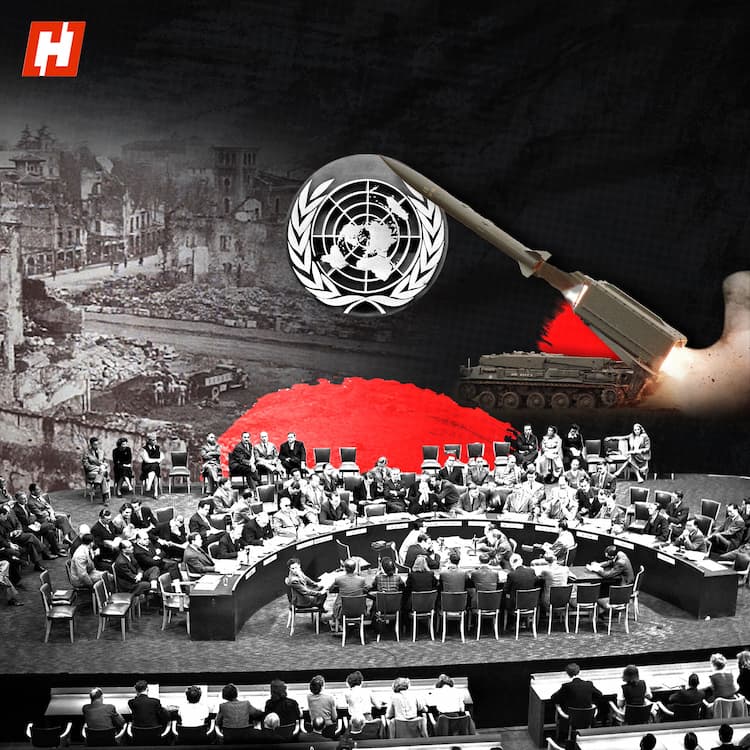When Russia’s Vladimir Putin meets Donald Trump in Alaska on August 15, he will not be pressing for demands to retake the 49th US state.
Rather, both leaders will discuss the possibility of swapping Ukrainian territories—parts Russia seized during the ongoing conflict—and ending the three-year war.
The meeting at the US military base in Anchorage will be their first during Trump's second term.
The fact that Alaska was chosen as the site for the Trump-Putin talks was no coincidence. The region holds strategic and economic importance in the US-Russia relations that dates back centuries.
Putin’s influential foreign affairs adviser, Yuri Ushakov, said that choosing Alaska for the summit was “entirely logical”.
That’s because links between Russia and Alaska run deep.
Alaska's history
Alaska was once part of Russia’s Tsar Empire. In 1867, the US bought the snow-clad territory from the regime for $7.2 million, which would be equivalent to $156 million in today’s value.
Interestingly, the reason for selling Alaska at that time was Crimea, a key trigger for the ongoing Russia-Ukraine war.
In the mid-19th century, the Russian empire had lost a war against the alliance of Britain, France, the Ottoman Empire and Sardinia.
To cover their losses, the empire cut a real estate deal with the US.
Nevertheless, nearly a century after the purchase, Alaska became a US state in 1959.
Though fully part of the United States now, Alaska still retains traces of Russian culture and influence.
For example, Russian Orthodox churches are still active in around 80 communities, according to the state’s official website.
Many of them still use the old-style Russian Orthodox calendar, including celebrating Christmas on January 7th in Western calendars.
For centuries, indigenous peoples such as the Yupik and Chukchi have lived on both sides of the Bering Strait— a narrow 82-kilometre waterway dividing the US and Russia.
The indigenous communities on both sides continue to maintain family, cultural, and trade ties despite the formalisation of the US–Russia border.
US bases in Alaska
Alaska’s geography has also been strategically vital for the United States.
During the Cold War, the region was home to major US Air Force and Army installations, which operated as command centres, logistical hubs and bases for fighter interceptors on rapid alert.
This led the erstwhile Mikhail Gorbachev’s government to refer to Alaska as the “Ice Curtain".
Today, Alaska is home to stations of the North Warning System, a joint United States and Canadian radar system for the atmospheric air defence of the region.
It provides surveillance of airspace from potential incursions or attacks from across North America’s polar region.
Ever since the Alaska summit was announced, Russian propagandists and officials have been clamouring to retake Alaska, a sale which they term as a strategic mistake and treason.
Yet, Alaska will not be on Putin’s mind while meeting Trump.
The Alaska Summit comes at a time when Russian forces are making major inroads into Ukrainian frontlines.
Russian advances in Ukraine
Russian units have reportedly pushed farther into Ukraine-held parts of the Donetsk region, in an attempt to snatch more of the territory ahead of the talks.
Russian forces are making a push towards Dobropillia, the Ukrainian battlefield monitoring group DeepState reported Tuesday.
The town is around 20 kilometres north of the key strategic city of Pokrovsk, which has been in the Kremlin’s crosshairs for more than a year.
Russia looks to use these villages and towns in Ukraine as a bargaining chip during the ceasefire talks with Trump.
President Zelenskky has vehemently opposed Russian control of Ukrainian territories, including Crimea, in return for ceasefire.
He has said that any agreements without input from Ukraine would amount to "dead decisions".





